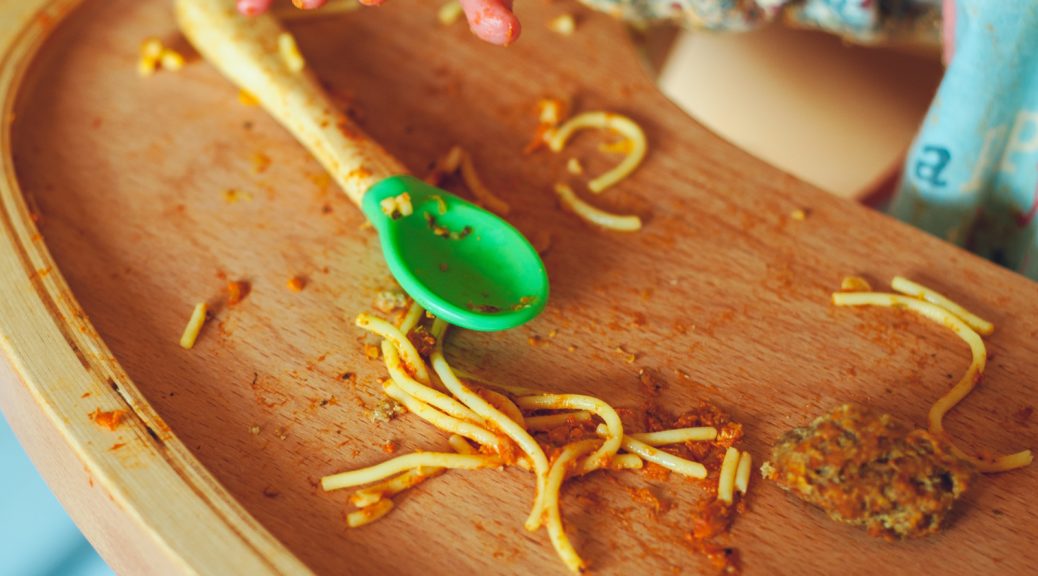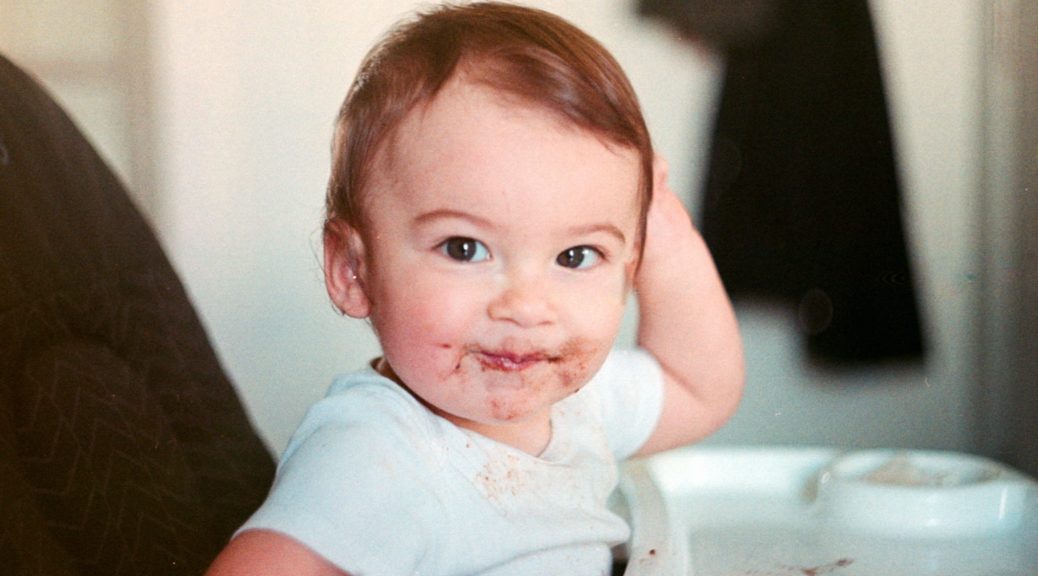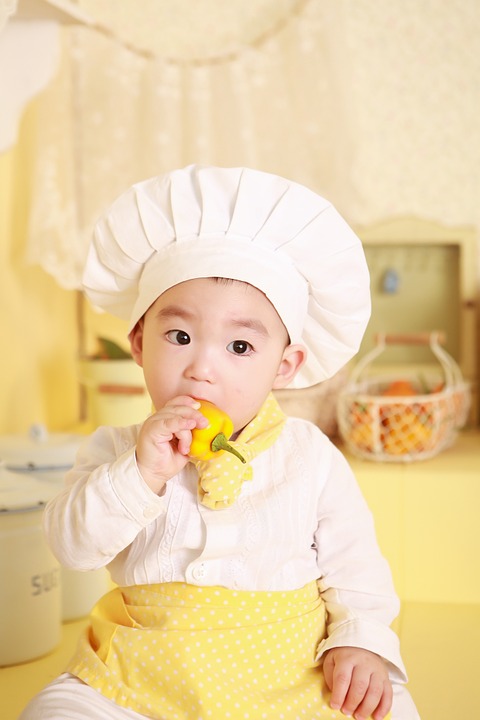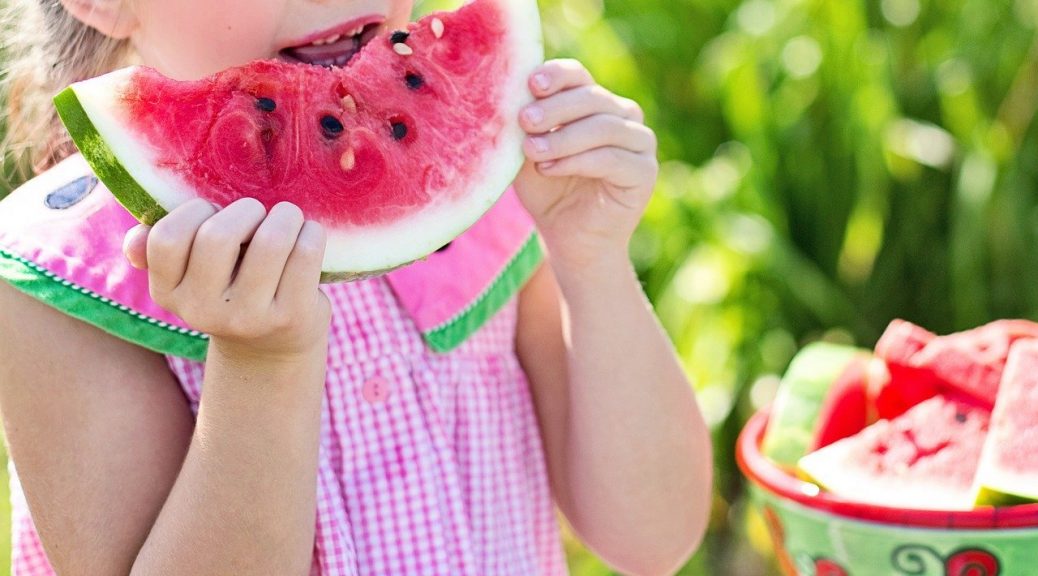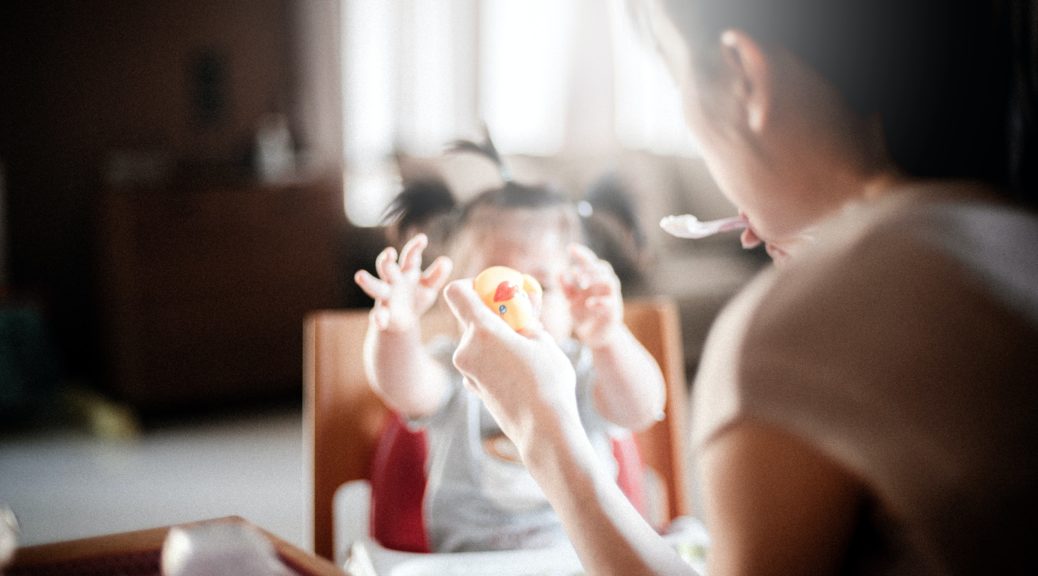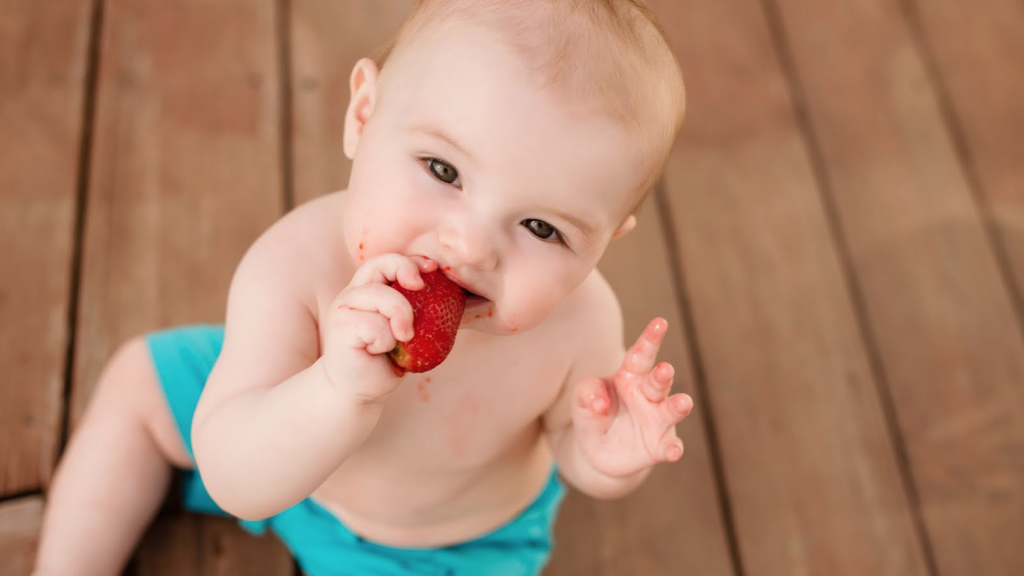Is science backing up baby-led weaning (BLW)?
Baby-led weaning (BLW) is an approach to initiating complementary feeding and introducing solids to babies. In this method, children feed themselves with their own hands and are not spoon-fed mashed or pureed baby food. This method encourages the infant to be the active individual in their feeding journey and not a passive receptor of food, as happens with traditional spoon feeding. This way, infants self-regulate, favoring perceptive feeding based on the child’s hunger and satiety signals. The concept of Baby-Led…
